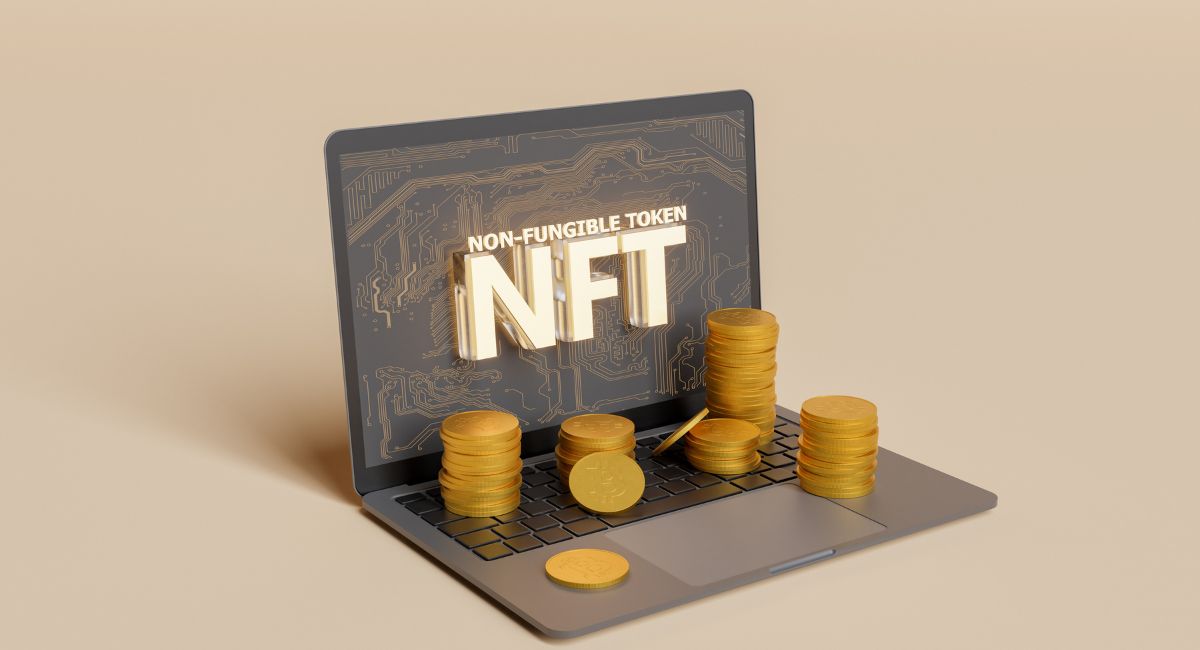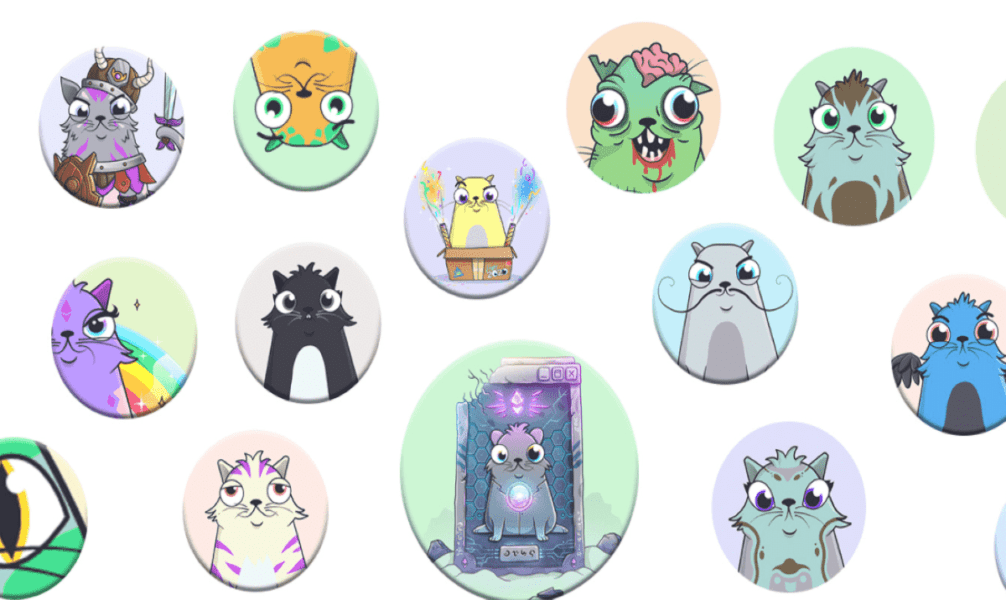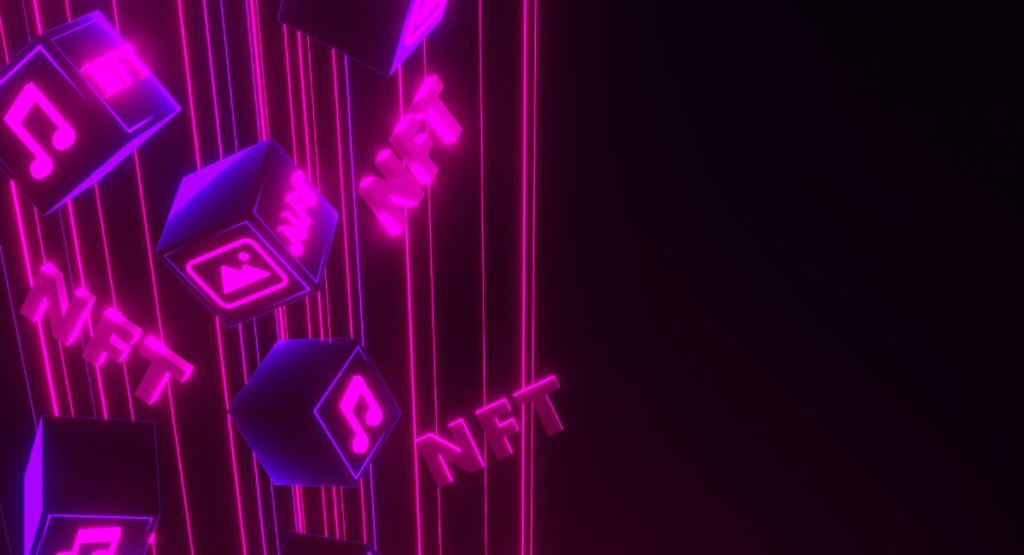What Do You Know About The Decentralized Digital Asset Called “NFT DApps?
In the ever-evolving landscape of blockchain technology, Non-Fungible Tokens (NFTs) have emerged as a groundbreaking concept, providing a way to represent ownership of unique digital assets on a decentralized network. Decentralized Applications (DApps), powered by blockchain, have become a key facilitator of NFT ecosystems. NFT DApps combine the principles of decentralization, immutability, and ownership tracking to revolutionize the way we perceive, create, and exchange digital assets.
Understanding NFTs: Non-fungible tokens are unique digital tokens that represent ownership or proof of authenticity for a specific digital or physical asset. Unlike cryptocurrencies such as Bitcoin or Ethereum, which are fungible and interchangeable, each NFT has a distinct value and cannot be replaced on a one-to-one basis. NFTs leverage blockchain technology, typically operating on platforms like Ethereum, Binance Smart Chain, or others, to ensure transparency and security in ownership.
Key Components of NFT DApps:
- Smart Contracts:
- Role: Smart contracts are self-executing contracts with the terms of the agreement written directly into code. They play a crucial role in NFT DApps by automating the creation, transfer, and management of NFTs.
- Functionality: Smart contracts define the rules for NFTs, including how they are created, transferred, and what actions can be performed with them. This ensures transparency and eliminates the need for intermediaries.
- Decentralized Storage:
- Role: NFT DApps often leverage decentralized storage solutions to store the digital assets linked to NFTs. This ensures that the actual files associated with NFTs are not stored in a centralized location, enhancing security and resilience.
- Functionality: Decentralized storage, often achieved through protocols like InterPlanetary File System (IPFS) or decentralized cloud storage, ensures that NFT content remains accessible even if a centralized server goes down.
- Token Standards (e.g., ERC-721 and ERC-1155):
- Role: Token standards define the rules and functionalities of NFTs on a particular blockchain. ERC-721 and ERC-1155 are common standards for NFTs on the Ethereum blockchain.
- Functionality: These standards outline the structure of NFTs, including how they are created, transferred, and queried. They ensure interoperability between different NFT DApps and wallets.
- Wallet Integration:
- Role: Wallets are crucial components of NFT DApps as they serve as the interface between users and their NFTs. Users need a digital wallet that supports the specific blockchain and NFT standards used by a DApp.
- Functionality: Wallets allow users to view, transfer, and manage their NFTs. They also facilitate transactions on NFT marketplaces and DApps.
- Marketplace Integration:
- Role: NFT marketplaces are platforms within NFT DApps where users can buy, sell, and trade NFTs. These marketplaces are often decentralized, allowing peer-to-peer transactions without intermediaries.
- Functionality: NFT marketplaces provide a user-friendly environment for discovering, buying, and selling NFTs. They typically integrate with users’ wallets and provide a range of features such as auction functionality and curation.
Also, read – Understanding the Role of Decentralized Applications (dApps) on the Ethereum Blockchain
Use Cases and Applications of NFT DApps:
- Digital Art and Collectibles:
- Use Case: NFT DApps have gained immense popularity in the digital art space. Artists can tokenize their creations, allowing buyers to own unique digital artworks as NFTs.
- Application: Platforms like OpenSea, Rarible, and Mintable enable artists to create, sell, and showcase their digital art through NFTs.
- Gaming and Virtual Assets:
- Use Case: NFT DApps are transforming the gaming industry by allowing players to own, trade, and sell in-game assets as NFTs.
- Application: Games like Decentraland and CryptoKitties leverage NFTs for virtual land ownership and unique digital cat collectibles, respectively.
- Music and Intellectual Property:
- Use Case: Musicians and content creators can tokenize their work, providing a new revenue stream and ensuring proper attribution.
- Application: DApps like Audius enable musicians to tokenize their music, allowing fans to buy and own unique digital copies.
- Real Estate and Virtual Land Ownership:
- Use Case: NFT DApps are exploring applications in real estate, allowing for the tokenization of property and virtual land ownership.
- Application: Decentraland is an example of a virtual world where users can buy, sell, and build on virtual land as NFTs.
- Collectibles and Memorabilia:
- Use Case: NFT DApps extend to the world of physical collectibles and memorabilia, where ownership is represented by NFTs.
- Application: Companies like NBA Top Shot tokenize iconic basketball moments, allowing fans to own and trade memorable highlights as NFTs.
With the bull market returning, I know a lot of you have been sitting on ideas. If you’re looking for help building smart contracts, dapps, NFT collections, holder activations or any web3 powered experience or product, this is your reminder that @metaseedlabs is ready to help and…
— atown (@AtownBrown) November 15, 2023
Different of NFT DApps
Non-Fungible Token (NFT) decentralized applications (DApps) have sparked a revolution in the way digital assets are owned, traded, and experienced. These applications, built on blockchain technology, extend across various industries, each bringing a unique flavor to the NFT ecosystem. Let’s delve into the different types of NFT DApps and their diverse applications:
1. NFT Marketplaces:

- Functionality: NFT marketplaces serve as digital platforms where users can buy, sell, and trade NFTs. They provide a marketplace environment with features like auctions, fixed-price listings, and curation.
- Examples: OpenSea, Rarible, Mintable, and SuperRare.
2. Digital Art Platforms:
- Functionality: These DApps focus specifically on the tokenization and trading of digital artworks. Artists can tokenize their creations, and users can buy and sell unique digital art pieces as NFTs.
- Examples: Foundation, KnownOrigin, and Async Art.
3. Gaming and Virtual Asset Platforms:
- Functionality: NFT DApps in gaming allow users to own, trade, and sell in-game assets as NFTs. These assets can include characters, skins, weapons, and other virtual items.
- Examples: Decentraland, CryptoKitties, Axie Infinity, and Sorare.
4. Music and Entertainment Platforms:
- Functionality: NFT DApps in the music and entertainment space tokenize content such as music, videos, and other forms of entertainment. Users can own unique copies of digital content.
- Examples: Audius, Mint Songs, and Terra Virtua.
5. Real Estate and Virtual Land Ownership Platforms:
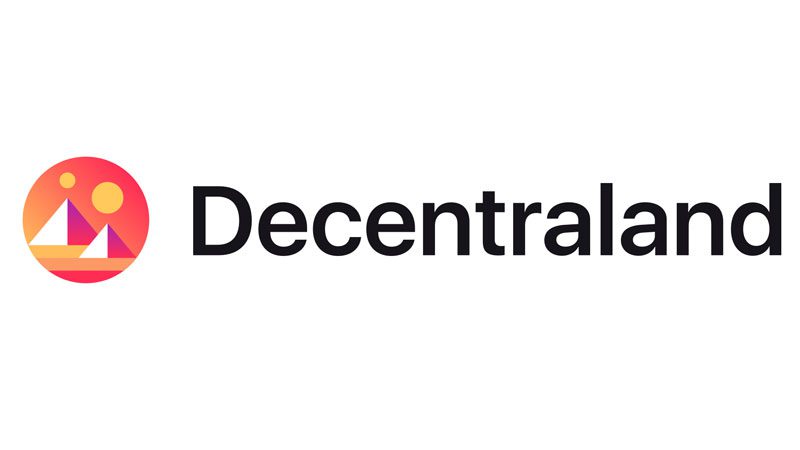
- Functionality: NFT DApps in real estate tokenize physical properties or virtual land, allowing users to buy, sell, and trade ownership in a decentralized manner.
- Examples: Decentraland, Cryptovoxels, and Upland.
6. Collectibles and Memorabilia Platforms:

- Functionality: These platforms tokenize physical collectibles and memorabilia, representing ownership as NFTs. Users can trade unique digital versions of real-world items.
- Examples: NBA Top Shot, Sorare (football cards), and CurioInvest.
7. Metaverse Platforms:
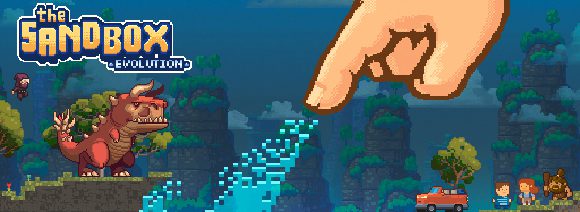
- Functionality: Metaverse platforms create immersive virtual worlds where users can own virtual assets and experiences as NFTs. These platforms often blend elements of gaming, social interaction, and virtual real estate.
- Examples: Decentraland, Somnium Space, and The Sandbox.
8. Social Media and Content Platforms:
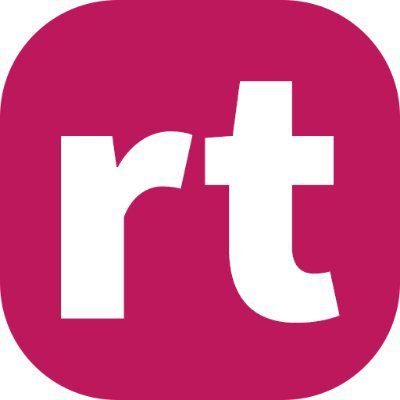
- Functionality: Social media DApps leverage NFTs to reward content creators, allowing them to tokenize their content and receive support directly from their audience.
- Examples: Rarible, Mintable, and Foundation.
9. Domain Name Platforms:
- Functionality: NFT DApps in the domain name space tokenize and trade digital domain names as unique digital assets.
- Examples: Unstoppable Domains and ENS (Ethereum Name Service).
10. Educational Platforms:
- Functionality: NFT DApps in education tokenize educational content, certificates, and courses. Users can own certifications and digital credentials as NFTs.
- Examples: Mintbase (for issuing certificates) and CryptoKitties (for educational purposes).
Challenges and Considerations:
- Scalability:
- Challenge: The current blockchain infrastructure faces challenges related to scalability, leading to congestion and high transaction fees.
- Consideration: Exploring and implementing scalability solutions, such as layer 2 solutions or blockchain upgrades, is crucial for ensuring a smooth and cost-effective user experience.
- Environmental Impact:
- Challenge: The energy consumption associated with some blockchain networks, particularly proof-of-work networks, has raised environmental concerns.
- Consideration: Transitioning to more environmentally friendly consensus mechanisms, such as proof-of-stake, and supporting eco-friendly blockchain initiatives can mitigate these concerns.
- User Education:
- Challenge: Understanding blockchain, NFTs, and decentralized applications can be complex for users unfamiliar with the technology.
- Consideration: Educational initiatives and user-friendly interfaces can enhance user understanding and participation in NFT DApps.
- Legal and Regulatory Frameworks:
- Challenge: The legal and regulatory environment for NFTs is still evolving and varies across jurisdictions.
- Consideration: Collaborating with regulators and proactively adapting to emerging legal frameworks is essential for the long-term viability of NFT DApps.
- Security Risks:
- Challenge: The decentralized nature of blockchain doesn’t eliminate all security risks, and vulnerabilities can still exist.
- Consideration: Implementing robust security measures, conducting audits, and adopting best practices in smart contract development can mitigate security risks.
The Future of NFT DApps:
NFT DApps represent a paradigm shift in how we perceive and interact with digital assets. As the technology matures and addresses current challenges, the potential applications are likely to expand even further. The future of NFT DApps holds promise for continued innovation, increased mainstream adoption, and the creation of new economic ecosystems around unique digital assets.
Stay informed with daily updates from Blockchain Magazine on Google News. Click here to follow us and mark as favorite: [Blockchain Magazine on Google News].
Get Blockchain Insights In Inbox
Stay ahead of the curve with expert analysis and market updates.
latest from tech
Disclaimer: Any post shared by a third-party agency are sponsored and Blockchain Magazine has no views on any such posts. The views and opinions expressed in this post are those of the clients and do not necessarily reflect the official policy or position of Blockchain Magazine. The information provided in this post is for informational purposes only and should not be considered as financial, investment, or professional advice. Blockchain Magazine does not endorse or promote any specific products, services, or companies mentioned in this posts. Readers are encouraged to conduct their own research and consult with a qualified professional before making any financial decisions. The featured image used is just a creative depiction of the title and it does not intend to hurt sentiments of any person or institution. If it hurts anyone sentiments, please do not hesitate to reach out to Blockchain Magazine.

 Bitcoin
Bitcoin  Ethereum
Ethereum  XRP
XRP  Tether
Tether  Solana
Solana  USDC
USDC  Dogecoin
Dogecoin  Cardano
Cardano  Lido Staked Ether
Lido Staked Ether  TRON
TRON  Wrapped Bitcoin
Wrapped Bitcoin  Chainlink
Chainlink  Wrapped stETH
Wrapped stETH  Avalanche
Avalanche  Sui
Sui  Stellar
Stellar  Toncoin
Toncoin  Hedera
Hedera  Shiba Inu
Shiba Inu  LEO Token
LEO Token  Hyperliquid
Hyperliquid  Litecoin
Litecoin  Bitget Token
Bitget Token  WETH
WETH  USDS
USDS  Polkadot
Polkadot  Bitcoin Cash
Bitcoin Cash  Ethena USDe
Ethena USDe  Wrapped eETH
Wrapped eETH  MANTRA
MANTRA  Uniswap
Uniswap  Pepe
Pepe  Monero
Monero  Ondo
Ondo  WhiteBIT Coin
WhiteBIT Coin  Aave
Aave  NEAR Protocol
NEAR Protocol  Mantle
Mantle  Official Trump
Official Trump  Dai
Dai  Aptos
Aptos  Internet Computer
Internet Computer  Ethereum Classic
Ethereum Classic  Bittensor
Bittensor  OKB
OKB  Cronos
Cronos  POL (ex-MATIC)
POL (ex-MATIC)  Gate
Gate 